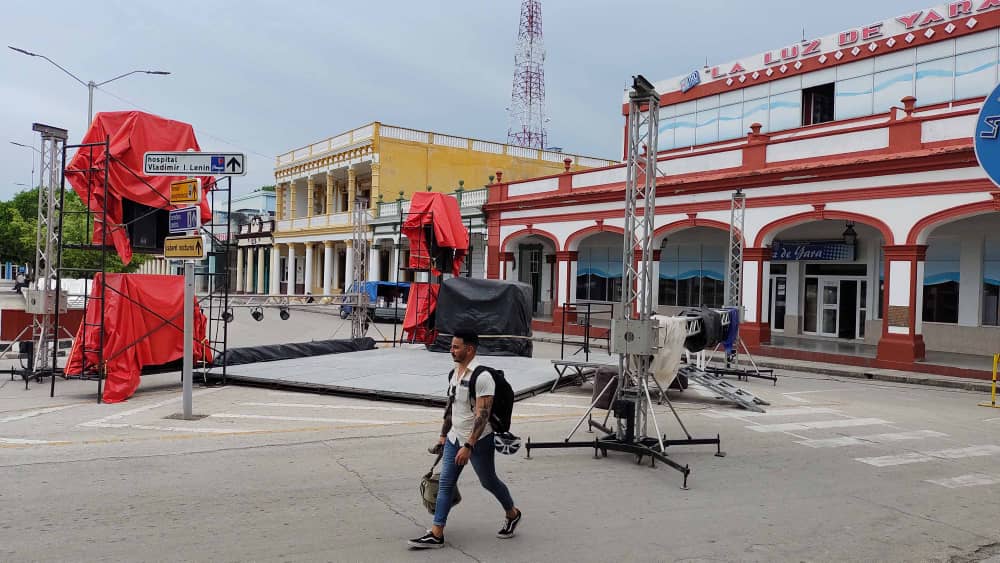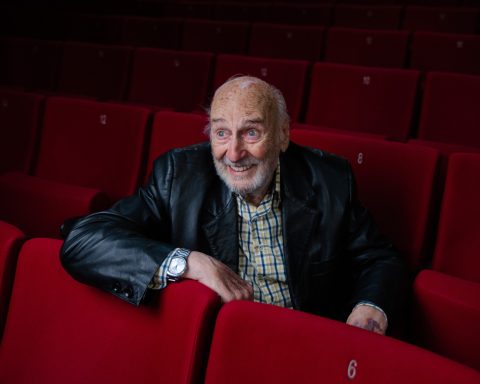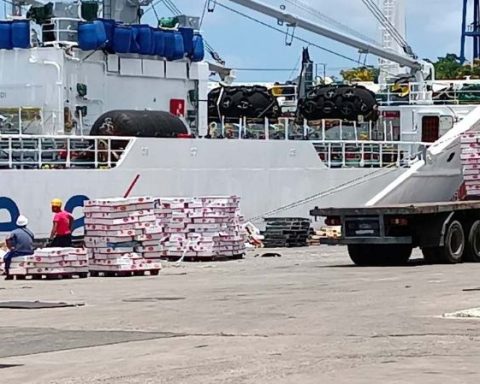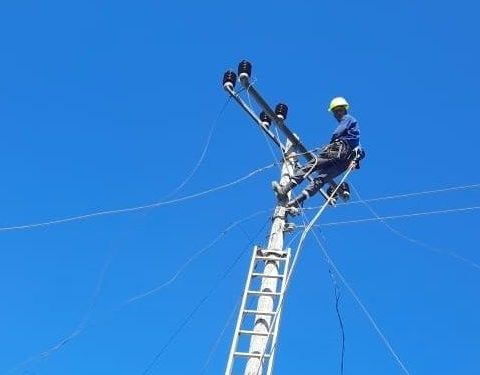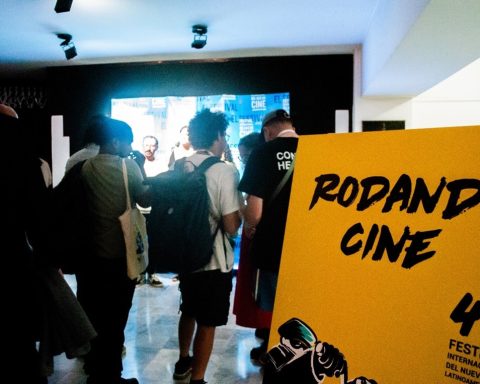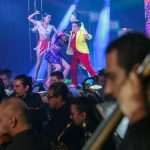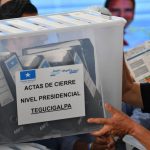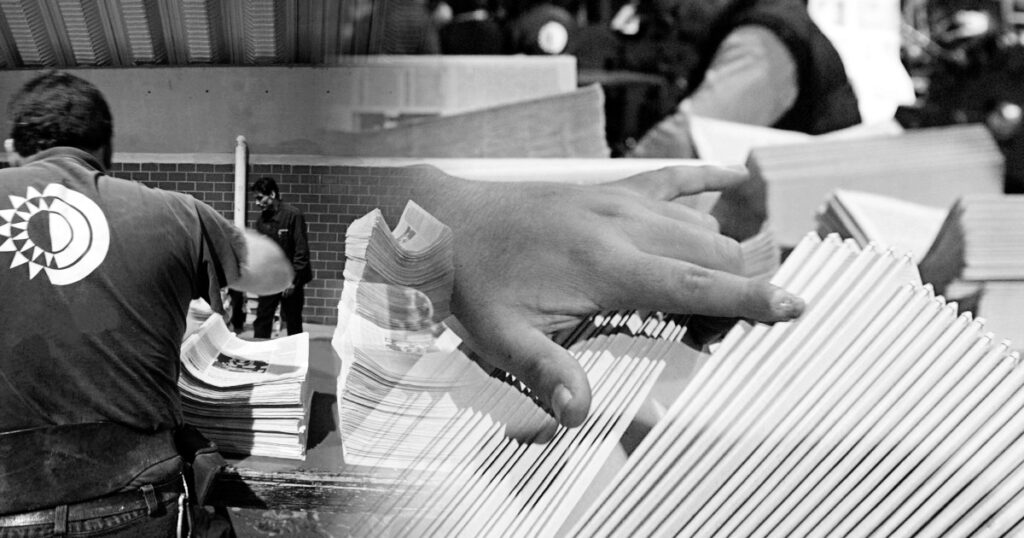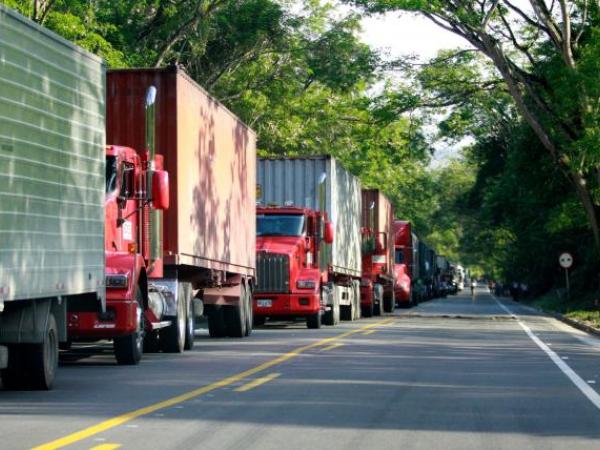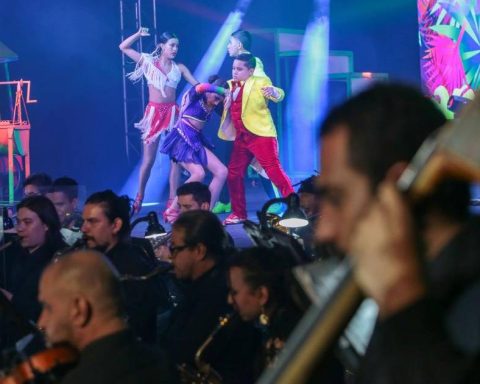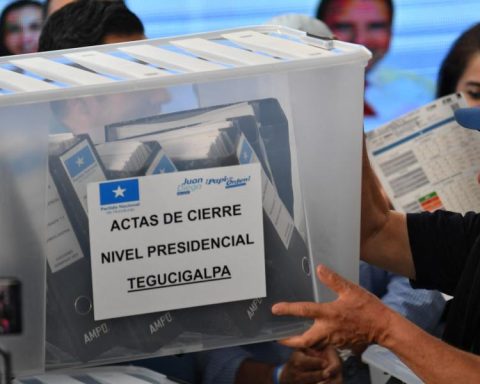HOLGUÍN, Cuba.- “Mommy, I’m thirsty,” a girl repeats over and over again. Her mother steps out of the queue, walks over, and pulls a pink knob out of her bag, which her daughter snatches out of her hand. This is her vacation.
Almost an hour ago, the woman waited for her turn to buy jams and soft drinks in bulk that they sell in the Primero de Enero park in this city.
“Mom, I’m tired of sitting down, I want to play,” the girl pleads. “You are very small and you can hit yourself. I have to watch over you and now I can’t because I’m in line to buy you food,” the mother replies.
Parents and their children have crowded around a table where two clerks from a state cafeteria are selling products.
In the park, the largest in the city, all equipment works, but most are empty. The children, instead of playing with the devices, accompany their relatives in the gastronomic purchase. It is very risky to leave them alone on the swings and slides.
“It’s an amusement park and the game is supposed to be the most important thing, but the food comes first. You have to take advantage of the fact that there are offers for Children’s Day, because they never sell anything here, ”says another woman who tries to reassure her son.
“How far have we come in this country that children cannot play in the playground because they have to stand in line with their parents to buy food,” says a woman.
The acute shortage of food, candy, confectionery and soft drinks has forced the Government to take measures to reduce speculation.
To buy it is mandatory to show the boy or girl. The offer is low and the sale is regulated. The number of products to be sold will be according to the number of minors taught by the parents. It is a measure that pursues two objectives: that the products reach children and avoid hoarding.
Suddenly a ruckus forms. The claim is against a man who has just arrived and is about to buy. He carries a girl in his arms. “Little children loaded have priority,” defends a vendor.

“That’s not fair, here all children are the same. If this continues like this, we are not going to buy after waiting so long in line”, shouts a woman. However, her claim has been ignored.
“We are very bad. Fighting each other and sacrificing the children’s fun for some poor quality cookies and a soft drink. I don’t know when we are going to get out of this misery”, a man comments to a woman who is next to him.
State Cafeterias and Picnic Areas
“Summer with [email protected]” reads a colorful poster that is stuck on the wall of the Habana cafeteria. Next to the advertising there is a board of offers that only shows five products of the 20 that it should show.
The pyrrhic offer is limited to jelly with guava, packet of Pelly, sauce and soybean paste. Apparently the latter has very little sale. On the counter, next to a bottle with chlorine dissolved in water to be applied to the hands as a preventive measure against COVID-19, a poster announces a “table” at a price of 240 pesos. The combo includes ‘1 soy paste and 2 Silver Dry irons’, an alcoholic beverage in high demand.
Three markings on the wall and protruding hooks indicate that the establishment once housed fans.

The refrigeration cabinet is empty. Inside there is only a metal jug.
To the place, where there are no customers, a couple enters, visibly suffocated by the intense heat. Seeing the terrible offer, they only ask for water. Faced with the clerk’s refusal, the young man points to the metal jar that is inside the display case. “That water is for the workers,” the employee replies.
On leaving, and in a tone of disgust, the young man comments to his girlfriend. “There is no one to save this country, it is getting worse every day. They don’t even have water to sell.”
Very close to there, a similar situation can be seen in the picnic area of the Rubén Bravo children’s park. The packages of Pelly at 63 pesos, of chorizo biscuit at 50 and of salt at 38 do not cover the shelf that looks empty.

“This is sad. In the height of summer, when most of us are on vacation, there are very few gastronomic offers,” a mother who brought her son to the playground tells CubaNet.
Throughout the week the state cafeterias are without supplies. Something very different happens in the Holguin Nights (a state festival held in the parking lot of the Calixto García stadium on Saturdays and Sundays) where the stalls are well stocked.
“That is a hoax. The government concentrates everything on Holguin Nights to give a false image of abundance, while in the rest of the week there are no offers in gastronomic establishments. They are undressing a saint to dress another.”
A piece of paper pasted on the wall of the state-owned Mayarí restaurant “offers the sale of modules based on main dishes and a case of the refreshing crystal beer.” Their prices range from 4,710 to 4,860 pesos each module. The announcement has created stupor among Holguin residents. In Cuba, the maximum pension is 1,733 pesos and the average salary barely exceeds 4,000. “This offer is incredible. How can I buy this if my pension is 1,578? This is a mockery of the Government. Street food is still expensive. A plate costs 15 pesos, a pound of cucumber 25, sweet potato 15 and mango 25”, says a man who stopped to look at the ad.

The solitude of the Calixto García park
The Calixto García park, the most important in the province, is desolate. David Ávila, a Holguin resident who is passing through, recalls the days of splendor. “This park was always full. Children were seen running, young people with their skateboards, couples sitting on benches, older adults talking. All of that was left behind. Now it is a lonely, lifeless place. Like the boulevard: there is not a soul today that is the weekend and we are on vacation”.
David sees the problem in the lack of gastronomic and recreational offers. “There is nothing at all. The cafeterias are closed due to a lack of offers. Look at that platform and that audio equipment that they set up on Frexes Street in front of the park. He doesn’t play music because there is a blackout.

It is so quiet that the park looks like a graveyard. I remember that before you couldn’t walk along the boulevard because of the number of people. Now it is totally empty. The candy stores have no offers and we are in the middle of summer, in the middle of vacations when there are supposed to be more people on the street, as happened years ago. This is very sad,” says David.
This is corroborated by the state-owned El Arábigo cafeteria, located on the central corner of Maceo and Aguilera streets. Of 13 products that it could sell, it only offers casabe with pasta and a cardboard box.

High prices vs holidays
The high prices of basic necessities affect the holiday period. “I am an accountant and they paid me 6,135 pesos for vacations. That includes my monthly salary of 4,210. It’s 6,135 pesos that they don’t reach me nor to eat.
I have a ten-year-old son who is also on vacation, but I can’t take him out for a walk, everything is very expensive. If I go out for a walk, then I don’t have any money left to survive the rest of the month,” says Martha, as she queues at the Nueva Imagen store to buy sausages. “These are the vacations of Cubans: standing in line to survive. After a long time of waiting, they only sell two packages of sausage”, details the woman.

Likewise, he criticizes the official media for distorting reality. “Radio, press and television say that this is a summer with everyone and show an atmosphere of joy and fun that does not correspond to reality. They talk about the Noches Holguineras as if it were a paradise. And all of that is an exaggeration. The same thing is happening here as with the television report where the Havana municipality of Marianao and the reality was different”.
Illnesses vs vacations
The high numbers of reported dengue transmission is another cause that has cut short Cuban vacations.
“In 2022, the largest number of outbreaks of the dangerous vector in the last 15 years is reported, with a growth of 21.7% compared to a similar stage in 2021,” detailed in the month of July Dr. Madelaine Rivera Sánchez, National Director of Surveillance and Vector Control of the Ministry of Public Health (MINSAP).

According to the official, Holguín is among the provinces that have declared transmission of the disease. A 13.5% focality rate places this territory as the second in the country in this negative indicator after Havana, with 16.5%.
“When I went on vacation I got dengue. I spent eight days without appetite, with insomnia and many discomforts. I have lost weight. I’m still recovering. I couldn’t rest on vacation. The day after tomorrow I have to start work, but I will ask for a medical certificate because I don’t feel well”, says Marisol, an office secretary.
After two years of restrictions due to COVID-19, Cubans continue with limitations that are accentuated during the vacation period. “In 2020 and 2021 we did not have vacations due to the mismanagement of the pandemic. This year we continue without vacations due to the economic crisis caused by the inefficiency of the Government. The people are leaving of this country because there is no one who can stand it”, concludes Martha.

Receive information from CubaNet on your cell phone through WhatsApp. Send us a message with the word “CUBA” on the phone +1 (786) 316-2072, You can also subscribe to our electronic newsletter by giving click here.
